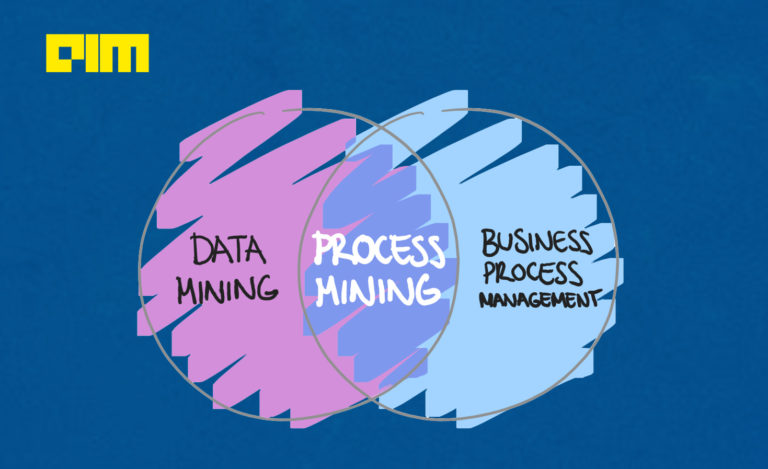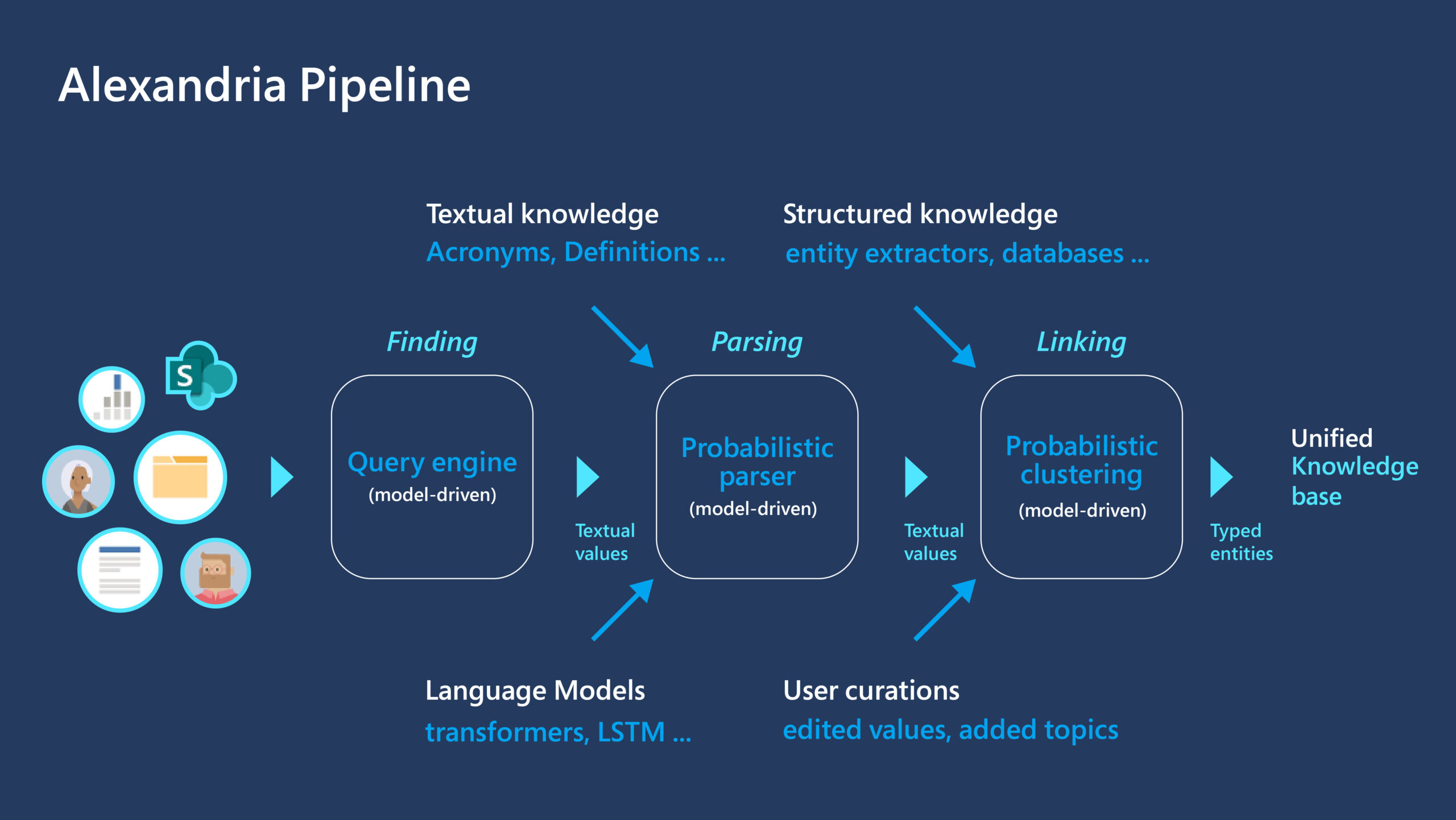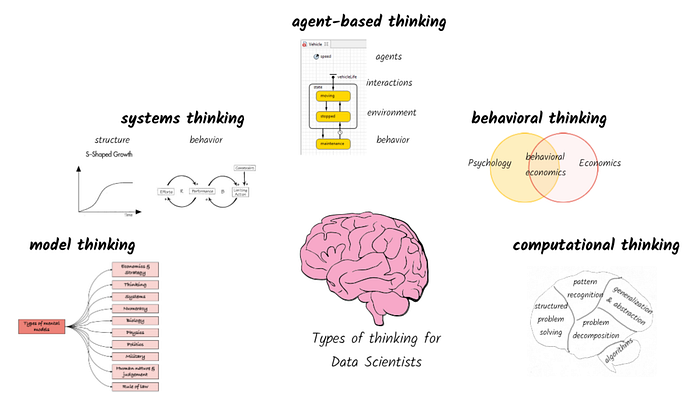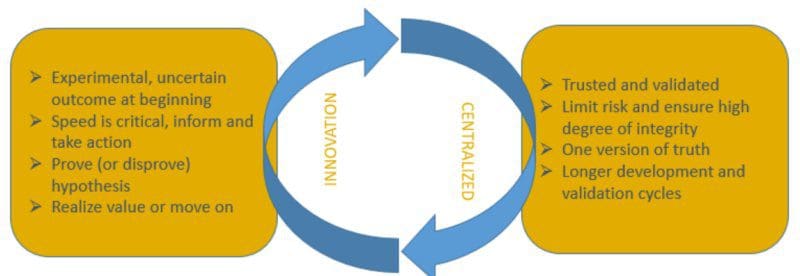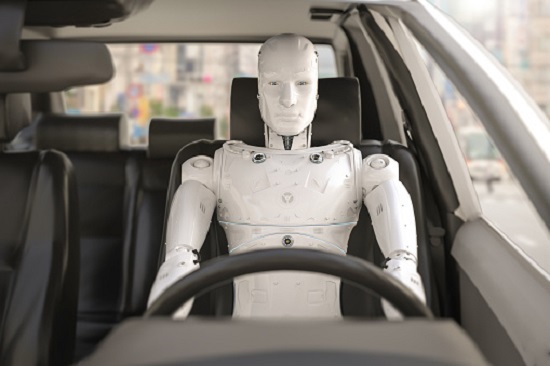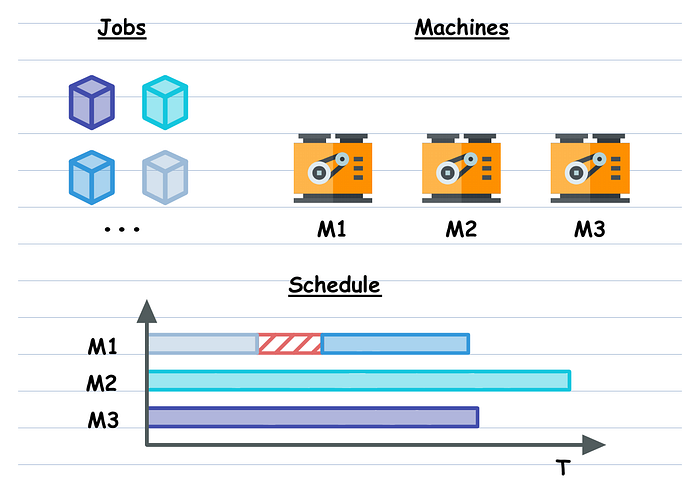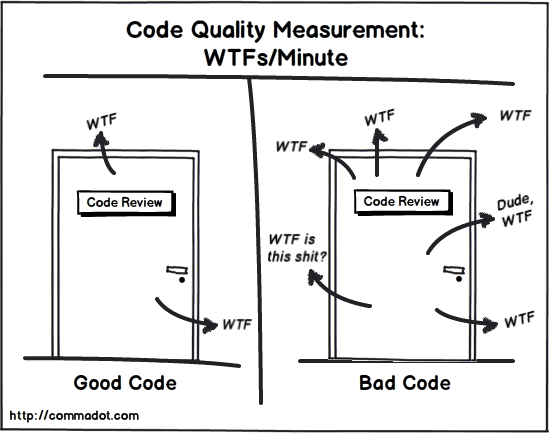Tech to the aid of justice delivery

Obsolete statutes which trigger unnecessary litigation need to be eliminated as
they are being done currently with over 1,500 statutes being removed in the last
few years. Furthermore, for any new legislation, a sunset review clause should
be made a mandatory intervention, such that after every few years, it is
reviewed for its relevance in the society. A corollary to this is scaling
decriminalisation of minor offences after determining as shown by Kadish SH in
his seminal paper ‘The Crisis of Overcriminalization’, whether the total public
and private costs of criminalisation outweigh the benefits? Non-compliance with
certain legal provisions which don’t involve mala fide intent can be addressed
through monetary compensation rather than prison time, which inevitably
instigates litigation. Finally, among the plethora of ongoing litigations
in the Indian court system, a substantial number are those that don’t require
interpretation of the law by a judge, but simply adjudication on facts. These
can take the route of ODR, which has the potential for dispute avoidance by
promoting legal education and inducing informed choices for initiating
litigation and also containment by making use of mediation, conciliation or
arbitration, and resolving disputes outside the court system.
Leading future-ready organizationsTo break through these barriers to Agile, companies need a restart.

They need to continue to expand on the initial progress they’ve made but focus
on implementing a wider, more holistic approach to Agile. Every aspect of the
organization must be engaged in an ongoing cyclical process of “discover and
evaluate, prioritize, build and operate, analyze…and repeat.” ... Organizations
that leverage digital decoupling are able to get on independent release cycles
and unlock new ways of working with legacy systems. Based on our work with
clients, we’ve seen that this can result in up to 30% reduction in cost of
change, reduced coordination overhead, and increased speed of planning and pace
of delivery. ... In our work with clients, we see firsthand how
cross-functional teams and automation of application delivery and operations
contributes to increased pace of delivery, improved employee productivity, and
up to 30% reduction in deployment time. Additionally, scaling DevOps enables
fast and reliable releases of new features to production within short iterations
and includes optimizing processes and upskilling people, which is the starting
point for a collaborative and liquid enterprise. .... Moving talent and partners
into a non-hierarchal and blended talent sourcing and management model can
result in 10-20% increase in capacity.
F5 Big-IP Vulnerable to Security-Bypass Bug

The vulnerability specifically exists in one of the core software components of
the appliance: The Access Policy Manager (APM). It manages and enforces access
policies, i.e., making sure all users are authenticated and authorized to use a
given application. Silverfort researchers noted that APM is sometimes used to
protect access to the Big-IP admin console too. APM implements Kerberos as an
authentication protocol for authentication required by an APM policy, they
explained. “When a user accesses an application through Big-IP, they may be
presented with a captive portal and required to enter a username and password,”
researchers said, in a blog posting issued on Thursday. “The username and
password are verified against Active Directory with the Kerberos protocol to
ensure the user is who they claim they are.” During this process, the user
essentially authenticates to the server, which in turn authenticates to the
client. To work properly, KDC must also authenticate to the server. KDC is a
network service that supplies session tickets and temporary session keys to
users and computers within an Active Directory domain.
4 Business Benefits of an Event-Driven Architecture (EDA)

Using an event-driven architecture can significantly improve developmental
efficiency in terms of both speed and cost. This is because all events are
passed through a central event bus, which new services can easily connect with.
Not only can services listen for specific events, triggering new code where
appropriate, but they can also push events of their own to the event bus,
indirectly connecting to existing services. ... If you want to increase the
retention and lifetime value of customers, improving your application’s user
experience is a must. An event-driven architecture can be incredibly beneficial
to user experience (albeit indirectly) since it encourages you to think about
and build around… events! ... Using an event-driven architecture can also reduce
the running costs of your application. Since events are pushed to services as
they happen, there’s no need for services to poll each other for state changes
continuously. This leads to significantly fewer calls being made, which reduces
bandwidth consumption and CPU usage, ultimately translating to lower operating
costs. Additionally, those using a third-party API gateway or proxy will pay
less if they are billed per-call.
Gartner says low-code, RPA, and AI driving growth in ‘hyperautomation’

Gartner said process-agnostic tools such as RPA, LCAP, and AI will drive the
hyperautomation trend because organizations can use them across multiple use
cases. Even though they constitute a small part of the overall market, their
impact will be significant, with Gartner projecting 54% growth in these
process-agnostic tools. Through 2024, the drive toward hyperautomation will lead
organizations to adopt at least three out of the 20 process-agonistic types of
software that enable hyperautomation, Gartner said. The demand for low-code
tools is already high as skills-strapped IT organizations look for ways to move
simple development projects over to business users. Last year, Gartner forecast
that three-quarters of large enterprises would use at least four low-code
development tools by 2024 and that low-code would make up more than 65% of
application development activity. Software automating specific tasks, such as
enterprise resource planning (ERP), supply chain management, and customer
relationship management (CRM), will also contribute to the market’s growth,
Gartner said.
When cryptography attacks – how TLS helps malware hide in plain sight

Lots of things that we rely on, and that are generally regarded as bringing
value, convenience and benefit to our lives…can be used for harm as well as
good. Even the proverbial double-edged sword, which theoretically gave ancient
warriors twice as much fighting power by having twice as much attack surface,
turned out to be, well, a double-edged sword. With no “safe edge” at the rear, a
double-edged sword that was mishandled, or driven back by an assailant’s
counter-attack, became a direct threat to the person wielding it instead of to
their opponent. ... The crooks have fallen in love with TLS as well. By using
TLS to conceal their malware machinations inside an encrypted layer,
cybercriminals can make it harder for us to figure out what they’re up to.
That’s because one stream of encrypted data looks much the same as any other.
Given a file that contains properly-encrypted data, you have no way of telling
whether the original input was the complete text of the Holy Bible, or the
compiled code of the world’s most dangerous ransomware. After they’re encrypted,
you simply can’t tell them apart – indeed, a well-designed encryption algorithm
should convert any input plaintext into an output ciphertext that is
indistinguishable from the sort of data you get by repeatedly rolling a die.
Decoupling Software-Hardware Dependency In Deep Learning

Working with distributed systems, data processing such as Apache Spark,
Distributed TensorFlow or TensorFlowOnSpark, adds complexity. The cost of
associated hardware and software go up too. Traditional software engineering
typically assumes that hardware is at best a non-issue and at worst a static
entity. In the context of machine learning, hardware performance directly
translates to reduced training time. So, there is a great incentive for the
software to follow the hardware development in lockstep. Deep learning often
scales directly with model size and data amount. As training times can be very
long, there is a powerful motivation to maximise performance using the latest
software and hardware. Changing the hardware and software may cause issues in
maintaining reproducible results and run up significant engineering costs while
keeping software and hardware up to date. Building production-ready systems with
deep learning components pose many challenges, especially if the company does
not have a large research group and a highly developed supporting
infrastructure. However, recently, a new breed of startups have surfaced to
address the software-hardware disconnect.
4 tips for launching a successful data strategy

Your business partners know that data can be powerful, and they know that they
want it, but they do not always know, specifically, what data they need and how
to use it. The IT organization knows how to collect, structure, secure, and
serve up the data, but they are not typically responsible for defining how best
to leverage the data. This gap between serving up the data and using the data
can be as wide as the Ancient Mariner’s ocean (sorry), over which the CIO needs
to build a bridge. ... But how do we attract those brilliant data scientists who
can build the data dashboard straw man? To counter the challenge of a really
tight market for these rare birds, Nick Daffan, CIO of Verisk Analytics,
suggests giving data scientists what we all want: interesting work that creates
an impact. “Data scientists want to get their hands on data that has both depth
and breadth, and they want to work with the most advanced tools and methods,"
Daffan says. "They also want to see their models implemented, which means being
able to help their business partners and customers use the data in a productive
way.”
How to boost internal cyber security training

A big part of maintaining engagement among staff when it comes to cyber security
is explaining how the consequences of insufficient protection could affect
employees in particular. “Unless individuals feel personally invested, they tend
not to concern themselves with the impact of a breach,” said James Spiteri,
principal security specialist at Elastic. “Provide training that moves beyond
theory and shows the risks and implications through actual practice to help
engage the individual. For example, simulating an attack to show how an insecure
password or bad security hygiene on personal accounts can lead to unwanted
access of people’s personal information such as photos or payment details could
be very effective in changing behaviours. “Teams need to find relatable tools to
help break down the complexities of cyber security. Showcasing cyber security
problems through relatable items like phones, and everyday situations such as
connecting to public Wi-fi, can help spread awareness of employees’ digital
footprint and how easy it is to spread information without being aware of
it.”
Shedding light on the threat posed by shadow admins

Threat actors seek shadow admin accounts because of their privilege and the
stealthiness they can bestow upon attackers. These accounts are not part of a
group of privileged users, meaning their activities can go unnoticed. If an
account is part of an Active Directory (AD) group, AD admins can monitor it, and
unusual behaviour is therefore relatively straightforward to pinpoint. However,
shadow admins are not members of a group since they gain a particular privilege
by a direct assignment. If a threat actor seizes control of one of these
accounts, they immediately have a degree of privileged access. This access
allows them to advance their attack subtly and craftily seek further privileges
and permissions while escaping defender scrutiny. Leaving shadow admin accounts
on an organization’s AD is a considerable risk that’s best compared to handing
over the keys to one’s kingdom to do a particular task and then forgetting to
track who has the keys and when to ask for it back. It pays to know who exactly
has privileged access, which is where AD admin groups help. Conversely, the
presence of shadow admin accounts could be a sign that an attack is underway.
Quote for the day:
"Leaders are more powerful role models
when they learn than when they teach." -- Rosabeth Moss Kantor













